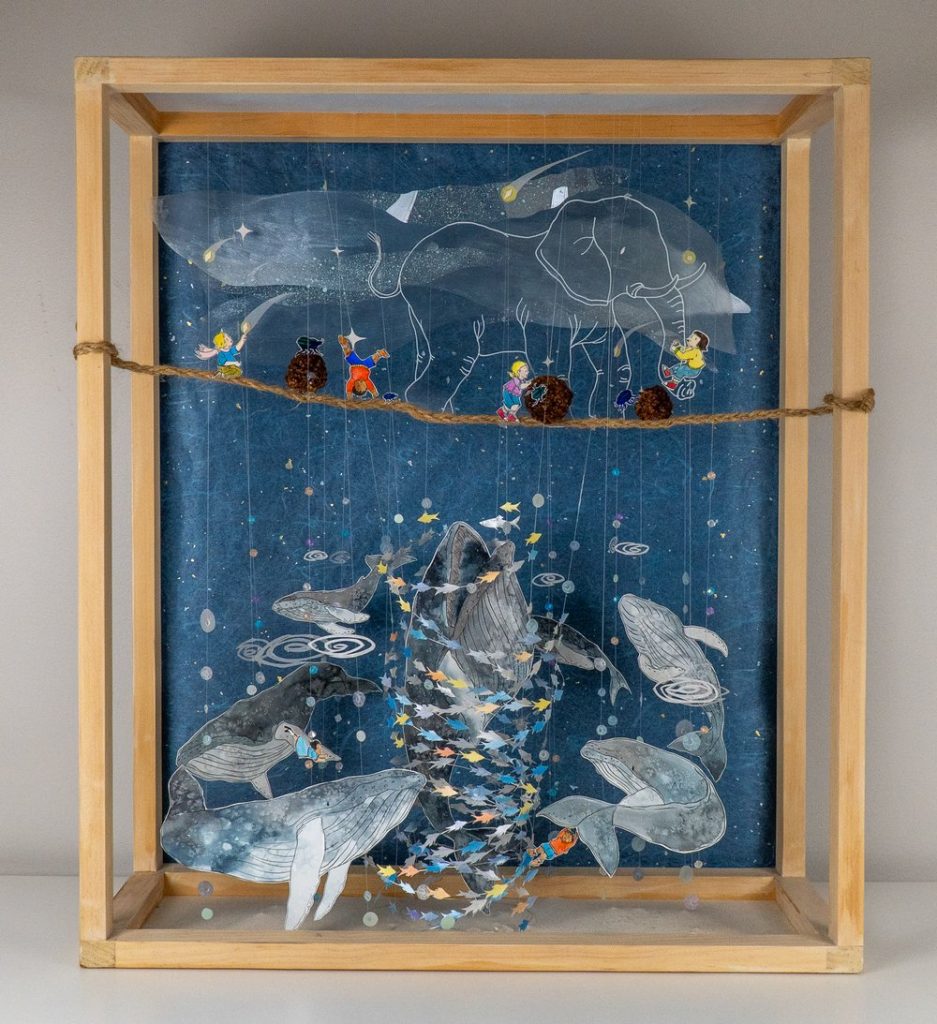
Uncuff India Episode 2: Violence within private spaces and State accountability
August 22, 2023The second episode of the Uncuff India podcast is now live on all podcast streaming platforms! Go give it a…
Uncuff India Episode 1: Violence and the Role of the State in India
August 22, 2023In the first episode of this season, we examine what state violence actually is and how it plays out. The…
An antidote to loneliness | One Future Post
August 11, 2023CW: Mention of the COVID-19 pandemic All my friends are…
Donate Now
Get Involved


